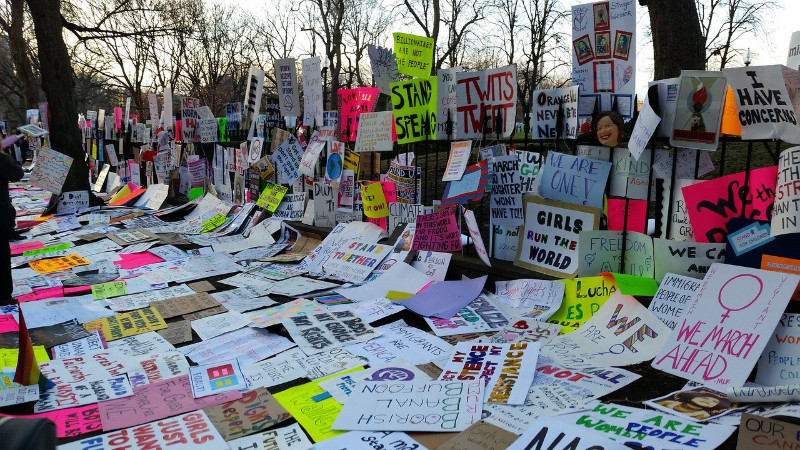
Recently the Seattle City Council, led by Councilmember Kshama Sawant, voted 5-0 to pass a resolution condemning India’s effort to require citizens to register, interpreted as another anti-Muslim move by Prime Minister Narenda Modi. The policy has provoked large protests in India, fearful that the registration requirements could be used by Modi’s Hindu-nationalist party to detain or deport Muslims who lack documents.
The Seattle vote seemed like an unwelcome throwback to the days when the city council held forth on all manner of foreign policy matters. So why do it?
The answer is the determination of Sawant and others on the left wing of the city council to “build a movement.” By doing a favor to a small number of activists, even though the resolution would have a tiny effect, another group rallies around the surging movement politics in Seattle. Names are added to the email list. Favors can expect to be called in later. A mobilizing villain (Modi) is created. Pragmatic councilmembers are put in a corner.
Emboldened by the recent city council elections, the three-to-four-person Sawant Bloc on the council almost dares their opponents to fight back and make an issue of it. To be continued.
The national parallel for this is the Bernie Sanders campaign, which is also more focused on building a movement than defeating Trump. These dynamics are carefully explored in this analysis by Thomas Edsall. He notes that extreme candidates very often do more to mobilize opposite-party votes than to broaden the base and win.
Edsall explains:
Sanders’s ascendancy in the nomination fight places the Democratic Party in a double bind. Not only is he potentially a dangerously weak general election candidate but, if an Anybody-But-Bernie movement materializes and successfully defeats him at the convention, Sanders supporters — more than backers of any other major candidates — are likely to bolt on Election Day and vote for either a third-party candidate or even Trump (as many Sanders supporters did in 2016), or sit out the contest altogether. In 2016, more than 7 million votes were cast for third-party candidates, more than enough to have given the election to Hillary Clinton.
A January 22-23 Emerson College survey asked Democratic primary voters “will you vote for the Democratic nominee even if it is not your candidate?” 87 percent of Joe Biden supporters said yes, as did 90 percent of those backing Elizabeth Warren and 86 percent of those aligned with Pete Buttigieg. 53 percent of Sanders supporters said yes, 16 percent said no, and 31 percent said they were undecided.
All this suggests that the Democrats are moving toward a situation where they have to decide whether it’s more important to build a passionate, leftist bloc of voters for some future takeover of the party and American political agendas, or to defeat Trump in 2020 and endure more years of half-measures.
We’ve been here before, as when the Democrats kept nominating the prairie populist, William Jennings Bryan, and kept losing. Except that Bryan’s major themes ultimately got incorporated into Woodrow Wilson’s Progressive presidency, and paved the way for the Democrats, after a long drought, to recapture the White House. The Republican parallel is the wipeout of Barry Goldwater in 1964, which radicalized the party and led to the victory of Ronald Reagan in 1980.
Of course, the inhabitants of the White House, from McKinley (who defeated Bryan in 1896 and 1900) to Teddy Roosevelt to Taft were far less menacing figures than Trump. There’s the rub.

I don’t think Sawant has displayed any executive branch interests. Too bad the same can’t be said for Bernie.